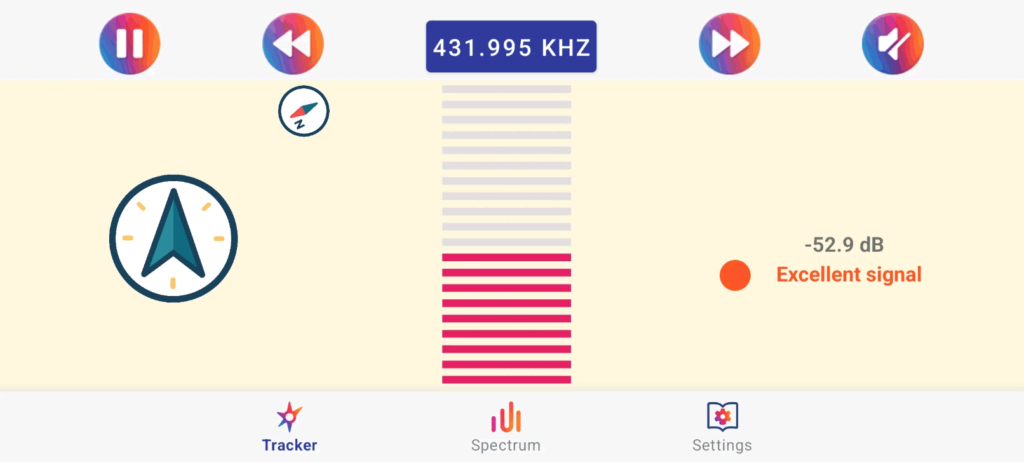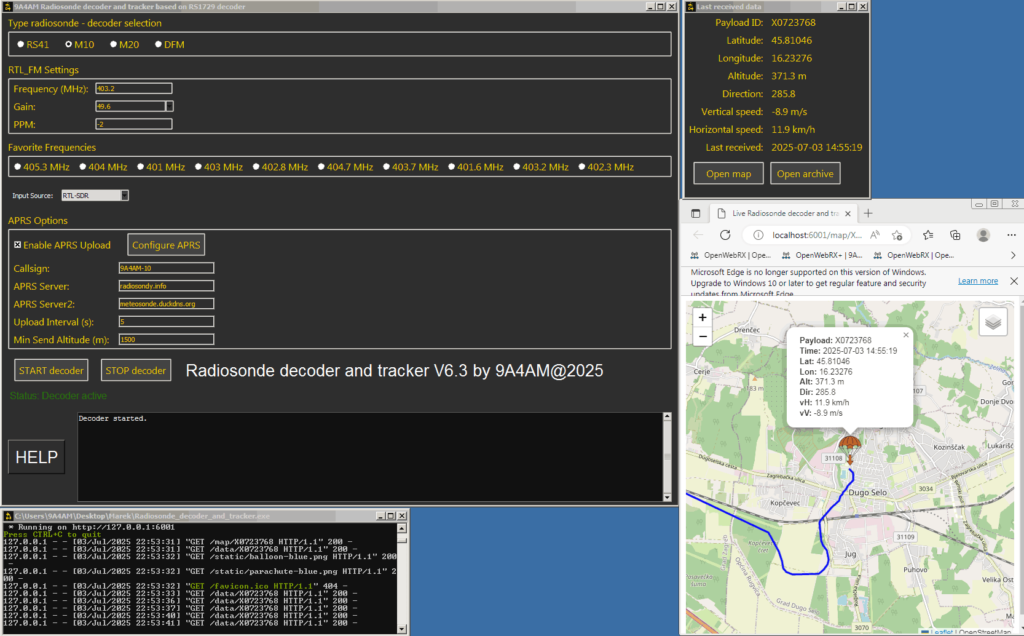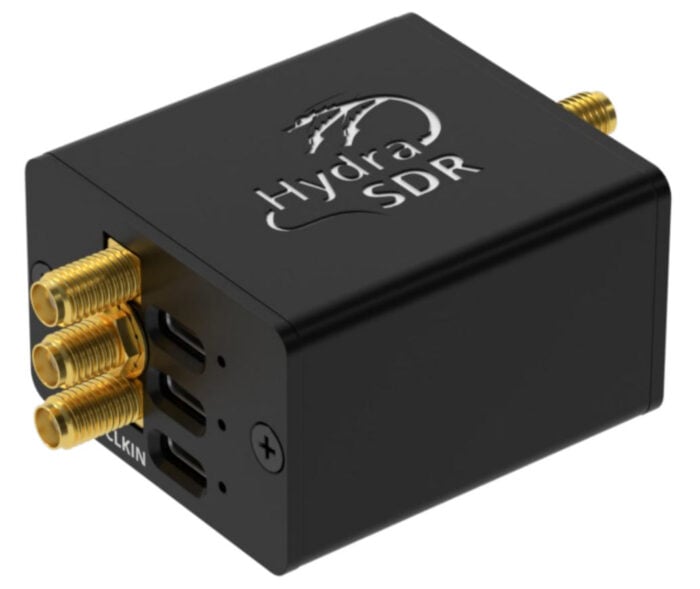SDR ProTrack: Android Radio Direction Finding with RTL-SDR and Directional Antennas
Thank you to Alexandre Gellibert for writing in and sharing his new Android App, "SDR ProTrack." SDR ProTrack is a radio direction-finding app that uses an RTL-SDR and directional antenna to determine a bearing towards a transmitter.
Interestingly, Alexandre notes that this app was initially developed to track Asian hornets, a bee-killing pest. With hornet tracking, a miniature RF transmitter is attached to a caught hornet, and the hornet brings it back to the nest. RF tracking techniques can then be used to find the nest.
It's possible to determine the bearing toward a transmitter by using a receiver such as an RTL-SDR paired with a directional antenna like a Yagi. Directional antennas have high sensitivity in one primary direction and significantly lower sensitivity in all others. By rotating the antenna until the strongest signal is identified, you can establish the precise bearing angle. Typically, following this bearing will guide you directly toward the signal's origin.
Alexandre wrote in an email to us the following:
Just to let you know we just launched a new Android app compatible with RTL-SDR dongles (though mostly tested on RTL-SDR v4).
App is free to use. Advanced features (like Compass to point the signal potential source) are for premium users.
It's plug and play, easy to use, much more user friendly than SDR++.
Any feedback is really appreciated :)
If you want to know more about the project or the 2 developers behind it (we develop it in France to be able to track asian hornets that kill all the bees), please feel free to contact us.
And the Android page describes SDR ProTrack in the following way:
Unlock the power of radio tracking with SDR ProTrack!
Transform your Android smartphone into a signal-tracking powerhouse using an RTL-SDR dongle and a directional antenna. Affordable, versatile, and perfect for enthusiasts, researchers, pros or anyone tracking signals—like Asian hornets or wildlife.
★ Key Features ★
• Automatic RTL-SDR dongle recognition and connection (free)
• Spectrum Visualization (Free): View signal shapes in the frequency domain effortlessly.
• Compass (Premium): Pinpoint the strongest signal direction with precision.
• Signal Strength Display (Premium): Monitor signal power with an intuitive interface.
• Custom Settings (Premium): Adjust bitrate, sample rate, and frequency sensitivity to your liking.
★ Requirements ★
• Requires an external RTL-SDR device.
• Check compatibility: https://osmocom.org/projects/rtl-sdr/wiki
Need an RTL-SDR dongle, emitters, receptors, or antennas?
Visit our website: https://www.intuite.fr/en_GB/pricing
★ About Us ★Intuite is a company specialized in locating Asian hornet nests. We developed SDR ProTrack to provide a robust, cost-effective solution for radio signal tracking, combining innovative technology with our expertise in signal detection.
★ Open Source Community ★Join our mission to advance radio tracking! Our open-source library, RTL-SDR Bridge Android Lib, powers SDR Pro Track.
Contribute to development, report issues, or explore the code at https://github.com/alexandreGellibert/RTL-SDR-Bridge-Android-Lib.
Support our work and help shape the future of signal tracking!
Download SDR ProTrack today and start tracking signals like a pro!





